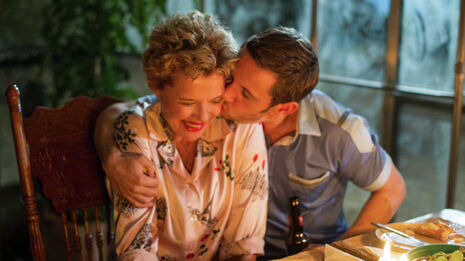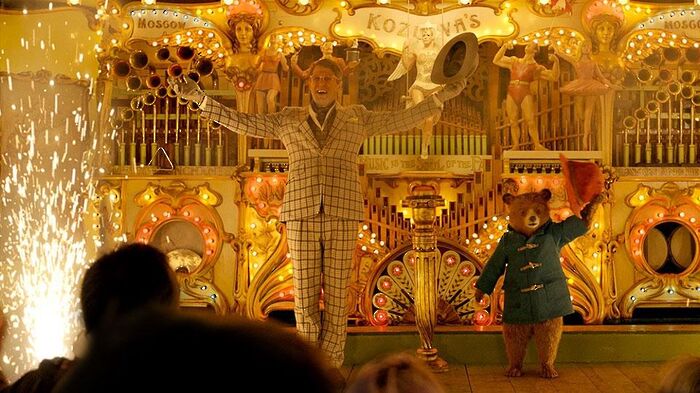Review: Rejoicing that Film Stars Don’t Die in Liverpool
Entranced by Annette Bening’s stunning portrayal of Gloria Grahame, Rachel Tsang delights in the wild and charming world of Paul McGuigan’s biopic

To peer behind the curtain of stardom has always held a doubled-edged allure. The more beguiled we are by the star persona, the more we wish to corroborate that the star really ‘is’ what he or she appears to be. Throughout much of its runtime, Film Stars Don’t Die in Liverpool seems devoted to fulfilling this deep-rooted need. Gloria Grahame, a fading actress of classical Hollywood, is represented in a way that reflects both our memories and our imagination.
“There is a striking beauty to both the hazy skyline of New York and the sun-kissed highways of California”
By uncannily evoking Grahame’s trademark flirty patter, Annette Bening recalls the seductive tenor in which all her characters spoke; by flitting effortlessly between easy-going charm, neurotic vanity, and fits of theatrical rage, she seems to embody all we associate with the ‘ageing Hollywood actress’ type.
Couple this with the rear projection for the scenes in New York and California – where much of the tragic romance between Gloria and the Liverpudlian actor Peter (Jamie Bell) unfold – and one has a film that looks and feels comfortingly superficial. There is a striking beauty to both the hazy skyline of New York and the sun-kissed highways of California, but it is a beauty that does not ring quite true.
Yet this may have precisely been director Paul McGuigan’s intention. The hazy charm of these scenes, as well as evoking the rose-coloured realm of memory, hark back to the soft-lensed, gauzy aesthetic of Gloria Grahame’s past – the black-and-white movies of the Golden Age.
A stunning structural twist in the final act of the film forces us to reinterpret the world – a little too beautiful and a little too stark – that has thus far been created. The story has been told up to this point from the perspective of Peter, whom we have seen bewitched by this amusing, delightful woman from the first moment she invites him in for drinks and a disco hustle. We see him completely in love, and then completely heartbroken when their affair ends abruptly.
But then we turn to her: cinematically retracing our steps, we replay one crucial scene that had earlier unfolded, except this time, through the eyes of Gloria. For the first time, her every line, every wrinkle, every fragility is seen and magnified. She stands boldly not as Peter’s idealised vision but as who she is, and yet, paradoxically, as the consummate disciple of the craft to which she has devoted her life.
Through classical visual cues, and through the repeated references to stage and screen, we realise that Gloria is an actress above all. The revelation of Gloria’s refusal of chemotherapy, arising in part out of vanity and in part out of the fear of revealing her true condition to her family and colleagues, is poignantly telling.
Here is a woman defined by both the distance she maintains from others, and a love for her vocation – a vocation, moreover, which doubtlessly facilitated this distance. The enactment of this struggle, and, crucially, the transcendence of it through the enormous love with which she is received by both Peter and his family, is what makes this film a truly memorable work
 News / Uni Scout and Guide Club affirms trans inclusion 12 December 2025
News / Uni Scout and Guide Club affirms trans inclusion 12 December 2025 News / Pembroke to convert listed office building into accom9 December 2025
News / Pembroke to convert listed office building into accom9 December 2025 Features / Searching for community in queer Cambridge10 December 2025
Features / Searching for community in queer Cambridge10 December 2025 News / Uni redundancy consultation ‘falls short of legal duties’, unions say6 December 2025
News / Uni redundancy consultation ‘falls short of legal duties’, unions say6 December 2025 News / Gov declares £31m bus investment for Cambridge8 December 2025
News / Gov declares £31m bus investment for Cambridge8 December 2025









